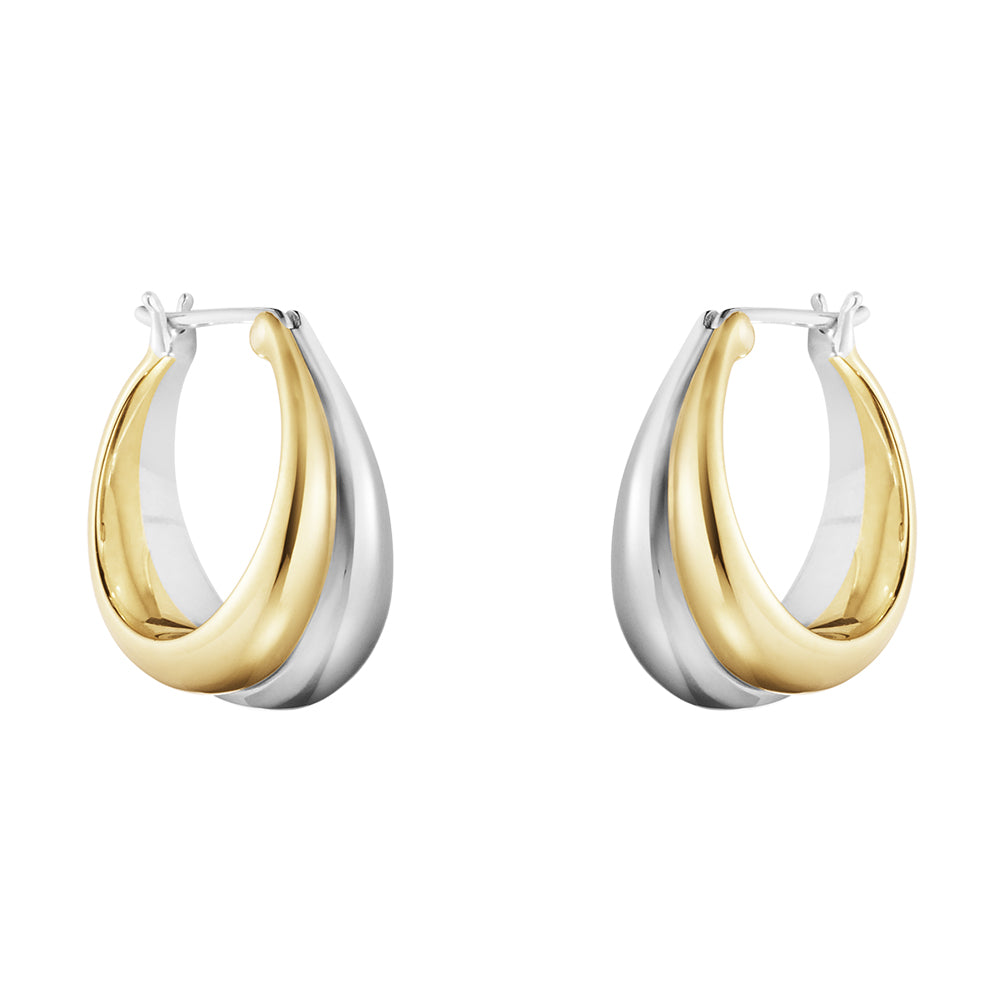
How to Get a Ring Off a Swollen Finger
Introduction
A stuck ring is more than inconvenience—it is where science, sentiment, and circumstance collide. This guide blends medical authority, hidden science, and cultural meaning to reveal safe and surprising ways to remove a ring while honoring its profound value.

Why Rings Get Stuck: The Hidden Science of Swelling
When a ring refuses to budge, it is not simply a battle between skin and metal. It is the manifestation of biological processes that govern circulation, inflammation, and tissue dynamics. Understanding these processes not only makes removal safer but also allows us to appreciate the delicate balance between the body’s natural defenses and the rigid permanence of jewelry.
Edema: Fluid Accumulation
The most common reason for a stuck ring is edema, the abnormal buildup of fluid in soft tissues. According to the Mayo Clinic, edema develops when capillaries—the smallest blood vessels—leak fluid into surrounding tissues, causing puffiness, tightness, and a loss of flexibility. Everyday factors can provoke this: consuming excessive salt, sitting or standing for long periods, or spending time in hot weather. Even something as innocuous as an evening walk on a humid summer day can subtly expand the fingers.
Rings, designed to be beautiful and enduring, are rarely designed with flexibility in mind. The same rigid circle that symbolizes eternity can behave like a tourniquet when the finger swells, restricting lymphatic return and exacerbating the very edema that caused the problem. The more the finger swells, the tighter the ring becomes, creating a self-perpetuating cycle.

Trauma Response
Sometimes, swelling is a direct response to injury. A jammed finger on a basketball court, a heavy door slamming unexpectedly, or even a violinist playing for hours without pause can spark localized trauma. The body responds instantly, sending plasma, white blood cells, and inflammatory mediators like histamine and prostaglandins to the site. This rush is nature’s attempt to protect and repair, but when a ring encircles the affected area, the swelling becomes trapped, and removal becomes a challenge.
Chronic Conditions
Not all swelling is sudden. Chronic illnesses often lurk behind recurring finger puffiness. Arthritis, thyroid disorders, kidney issues, and autoimmune conditions all cause intermittent edema. Pregnant women often experience fluid retention, and the Cleveland Clinic notes that persistent swelling should never be dismissed, as it may indicate a systemic condition requiring medical evaluation.
In short, swelling is a dance of vessels, tissues, and fluids, and a ring caught in that dance becomes both prisoner and captor. Recognizing the underlying reason helps guide not only removal but also prevention in the future.
The Psychological Weight of a Stuck Ring
A stuck ring is not just a medical inconvenience; it is an emotional event. Jewelry, particularly rings, carries profound symbolism. A wedding band is a circle of vows, not merely gold or platinum. A family heirloom ring embodies generations of love and memory. Even a fashionable ring bought on a whim can feel tied to personal identity and self-expression.
When the possibility of cutting off a ring arises, the panic that follows is not merely about the pain or swelling—it is about the fear of loss. Anthropologists note that across cultures, from the scarab rings of ancient Egypt to modern solitaires, the circle has been a representation of eternity. The act of forcibly breaking this circle feels like interrupting that eternity. Thus, ring removal becomes not just a question of technique but of sensitivity, balancing medical urgency with respect for emotional significance.

First-Line Methods: Gentle but Effective
When faced with a stuck ring, there are several safe, at-home techniques worth attempting before escalating to medical intervention. These rely on biology, physics, and even a touch of ingenuity.
Cold Immersion (Cryotherapy at Home)
Cooling the hand is often the first step. Submerging the affected hand in cool water (not direct ice) for 10–15 minutes encourages vasoconstriction—the narrowing of blood vessels—which reduces fluid leakage into tissues. The Cleveland Clinic highlights that cold therapy is a cornerstone for reducing soft tissue swelling.
An often overlooked addition is elevation. By lifting the hand above heart level during cooling, one uses hydrostatic pressure to allow fluids to drain away from the swollen finger. This small detail, grounded in basic fluid dynamics, can make the difference between success and failure.
Lubricants: Harnessing Surface Chemistry
Reducing friction is one of the most effective methods for sliding a ring off a swollen finger. Traditional solutions include soap, petroleum jelly, and cooking oil. Modern improvisations, however, reveal even more effective alternatives. Dental wax, commonly used in orthodontics, creates a unique balance—adhesive enough to stay in place, yet slippery enough to reduce resistance. Hair conditioner and silicone-based serums form uniform coatings that minimize tugging forces. A blend of olive oil and chilled aloe vera gel not only lubricates but also cools localized inflammation simultaneously.
According to the American Chemical Society, variations in surface tension and lubrication layers profoundly influence skin–metal interactions. These creative approaches demonstrate how applying surface chemistry principles can transform a frustrating struggle into a smooth, almost effortless glide.
The String-Wrap Method
One of the most ingenious approaches is the string-wrap technique, endorsed by the American College of Emergency Physicians. By wrapping dental floss or surgical tape tightly from fingertip to ring, the swollen tissue is gently compressed. Threading the loose end under the ring allows the wrap to be unraveled, coaxing the ring upward in a spiral.
This method is so effective it is a standard teaching in emergency medicine. For medical professionals, variations involve umbilical tape or vascular loops, materials designed for delicate tissue compression. For ordinary people, dental floss can suffice, turning a household item into a lifesaving tool.

Advanced Medical Techniques
When gentle methods fail, medicine has more precise tools.
Hyaluronidase Injection
Emergency physicians sometimes resort to hyaluronidase, an enzyme that breaks down hyaluronic acid in connective tissues. By decreasing the viscosity of swollen tissue, it enables easier ring removal. A 2017 case study in the Journal of Emergency Medicine confirmed its efficacy in freeing rings without cutting. Though not widely known, this method exemplifies how biochemistry can intervene when physics alone fails.
Compression Devices
Some hospitals use inflatable tourniquet cuffs or specialized digital compressors to shrink swelling before removal attempts. By evenly distributing pressure, these devices reduce edema without injuring delicate tissue.
Ring-Cutting Technology
When circulation is compromised, ring-cutting becomes essential. Today’s tools include electric oscillating saws with protective guards, diamond-tipped cutters for ultra-hard rings like tungsten, and hydraulic ring crackers that apply pressure until the band splits cleanly. The American Society for Surgery of the Hand (ASSH) explicitly recommends cutting the ring when vascular compromise threatens finger health.
Though emotionally difficult, it is worth remembering that skilled jewelers can repair cut rings almost invisibly. In many cases, the break becomes an opportunity to resize or reinforce the band for future safety.

The Dangers of Delay
Time is critical in ring entrapment. A ring that seems merely tight can escalate into a medical emergency if ignored.
The American Academy of Dermatology (AAD) warns that untreated restriction can cause ischemia (loss of blood flow), nerve compression, and eventually necrosis. Signs such as blue or pale skin, numbness, or intense pain demand immediate attention. At such moments, hesitation over damaging the ring could cost permanent injury—or even amputation.
A ring may carry irreplaceable memories, but a finger is truly irreplaceable. The wisest course is always to prioritize health, trusting that jewelers can restore the symbol even after damage.
Cultural and Symbolic Interpretations of Ring Removal
Every culture attaches meaning to rings, and by extension, to their removal. In medieval Europe, breaking a ring to save a finger was seen as an act of divine mercy. In India, however, astrology warns against cutting sacred rings, believing it can disturb destiny. In Victorian England, lovers exchanged keeper rings, meant never to be removed, even under hardship.
These beliefs remind us that removing a ring is not simply physical—it is cultural, spiritual, and deeply personal. Whether one sees the act as protective, disruptive, or sorrowful depends as much on tradition as on circumstance.

Prevention: Keeping Rings Safe and Wearable
The most elegant solution is prevention. Rings should be cherished, but also worn wisely.
Resizing and Regular Checkups
The Gemological Institute of America (GIA) advises resizing rings periodically, since age, weight changes, and climate all affect finger size. A well-fitted ring is one that slides smoothly with a gentle twist but resists slipping off when the hand is lowered.
Avoiding Risk Periods
Pregnant women are advised by OB-GYNs to remove tight rings in the third trimester, when water retention peaks. Air travelers should avoid wearing snug rings, as cabin pressure and immobility can subtly swell fingers. Athletes are cautioned against keeping rings on during workouts, as vasodilation increases finger girth by as much as 15%.
Emergency Kits
Some jewelers now sell ring safety kits, containing lubricants, wraps, and miniature cutters. While rarely needed, these tools provide peace of mind and reflect the modern awareness that jewelry must balance safety with sentiment.

Rings as Art, Memory, and Science
A stuck ring, paradoxically, can deepen our appreciation of its value. Rings are miniature sculptures of meaning: crafted by metallurgists who balance malleability and strength, designed by artists who understand that comfort matters as much as beauty, and worn by individuals who embed them with milestones and stories.
Brands like Relaxfeel Fashion embrace this dual role, offering jewelry that is both elegant and ergonomically crafted for daily life. A well-designed ring should inspire admiration without the anxiety of entrapment. Beauty and practicality are not opposites—they are partners.
Scene of Human Drama
Consider Amelia, a young violinist. After a summer concert, she noticed her finger swelling from hours of performance. Her grandmother’s sapphire ring, worn since childhood, would not budge. Panic rose—not because of pain, but the fear of losing an heirloom. Cold immersion failed, but in the emergency room, a physician used the string-wrap method. Slowly, the sapphire band inched upward until it was free. Amelia wept, not from pain, but from relief.
This story illustrates why ring removal is more than mechanical—it is emotional rescue, preserving not only circulation but heritage.
Summary
A stuck ring on a swollen finger is never just a technical nuisance. It is a biological puzzle, an emotional burden, and a cultural drama. Understanding the causes of swelling and applying safe techniques—from cold immersion to advanced medical interventions—ensures both health and heritage are preserved. The essential truths remain: act swiftly, seek help when circulation falters, and remember that both ring and finger can be saved.

FAQ
Q1: Should I always try home remedies first?
Yes, if there is no severe pain, color change, or numbness. If circulation is threatened, seek medical help immediately.
Q2: Can jewelers repair a ring after cutting?
Absolutely. Expert jewelers can restore or even improve the original band.
Q3: What rings are hardest to cut?
Tungsten carbide and ceramic require diamond-tipped tools. Gold, silver, and platinum are easier.
Q4: Why does pregnancy make rings tighter?
Hormonal changes increase blood volume and fluid retention, especially in hands and feet.
Q5: Can swelling recur after removal?
Yes. Addressing the underlying health cause—whether trauma, arthritis, or circulation—is essential.
Call to Action
Your ring is more than metal. It is artistry, memory, and love forged into form. Protect it—and yourself—by wearing wisely, caring attentively, and acting swiftly when swelling threatens. If you seek rings that balance elegance with comfort, explore collections crafted with timeless ergonomics and grace. Choose pieces that honor not only your story but also your safety, ensuring your jewelry remains a joy to wear, never a burden to bear.







